The Transformation of Johnsons Park
A huge number of partners and foundations have combined to transform an inner-city park that once fostered crime.
In the 1960s and 1970s an estimated 14,000 housing units were demolished on the North Side to pave the way for additional freeway construction. But the freeway plan ultimately failed, leaving large tracts of empty land. One such area was what became Johnsons Park, located in a triangle formed by W. Fond du Lac Ave., N. 20th St. and W. Brown St. It was the only public park in Lindsay Heights, but it was never very vibrant or functional, and over the years the 13-acre park fell into disrepair. A 2002 report by the Public Policy Forum on Milwaukee County parks called Johnsons Park one of the worst and underdeveloped of the 38 parks surveyed. Community events were held at the park, but it was devoid of people for much of the year.
Not long after the Public Policy Forum study, a project was announced to try to rescue Johnsons Park, that would involve help from the Center for Resilient Cities, a national non-profit based in Milwaukee and Madison that looks to create “quality green spaces in urban neighborhoods that don’t have them,” according to Marcia Caton Campbell, its Executive Director.
The three-phase project went through several incarnations, and at one point had a price tag of $6.2 million, but that has been pared down to $3.2 million. The project looked more broadly than the park, and after meeting with residents, hit on a plan to create a space for community gardening, which became Alice’s Garden, on 20th and Garfield, and was Phase 1 of the plan. Phase 2 was a project to green the school yard at nearby Brown Street School. Phase 3 was to improve Johnsons Park, and that is the last that will be completed, at a cost of $1.2 million in private dollars, in addition to $380,000 spent by Milwaukee County.
On Saturday, a ground-breaking ceremony was held for the park’s renewal, and to celebrate that the $1.2 million was raised.
Johnsons Park had long had berms or man-made hills, in attempt to make it more bucolic. But the result reduced visibility within the park and “created opportunities for crime,” as Campbell notes. The City of Milwaukee tore down the berms some years ago, and Milwaukee County tore down a deteriorating park shelter. The county has recently allocated some $380,000 to build new restroom facilities and an open-air picnic shelter.
The $1.2 million is an addition to this, and is almost all money from private foundations, which will pay for many improvements, including 80 new trees (doubling the current number in the park), new handicapped-accessible pathways, and LED lighting system, new sports fields, a performance stage, benches, orchards and bicycle racks. The construction is expected to be completed this fall, and will create a “highly functional, multi-purpose neighborhood park,” as Campbell notes.
The park “contributes the health and safety of not just this community but for others as well,” said Rayna Andrews, Director of Community Relations for Milwaukee County. John Bernaden, President of the Rotary Club of Milwaukee, adds that if we want to make a difference for the well-being of Milwaukee, “all communities must thrive.”
In addition to Campbell, Andrews, and Bernaden, speakers at the ceremony included Ava Morris, Principal of Brown Street Academy (which is just across the street from the park); Laura Schloesser, Chief of Administration & External Affairs for Milwaukee County Parks; Victor Barnett, Executive Director & Founder of Running Rebels; Sam Leichtling of the City of Milwaukee (who came on behalf of Mayor Tom Barrett); Alderman Russell W. Stamper, II of 15th District; Supreme Moore Omokunde of the County Board for 10th District; and State Rep. David Bowen, 10th Assembly District for Wisconsin State Assembly.
Campbell, whose group helped manage the project, oversaw the community meetings and provided planning and design services, offered this summary of a project that has taken more than a decade: “So much good change… So overdue.”
Photos from the Groundbreaking
Political Contributions Tracker
Displaying political contributions between people mentioned in this story. Learn more.
- March 20, 2016 - Tom Barrett received $100 from Sam Leichtling
- January 4, 2016 - Russell W. Stamper, II received $10 from David Bowen

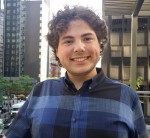
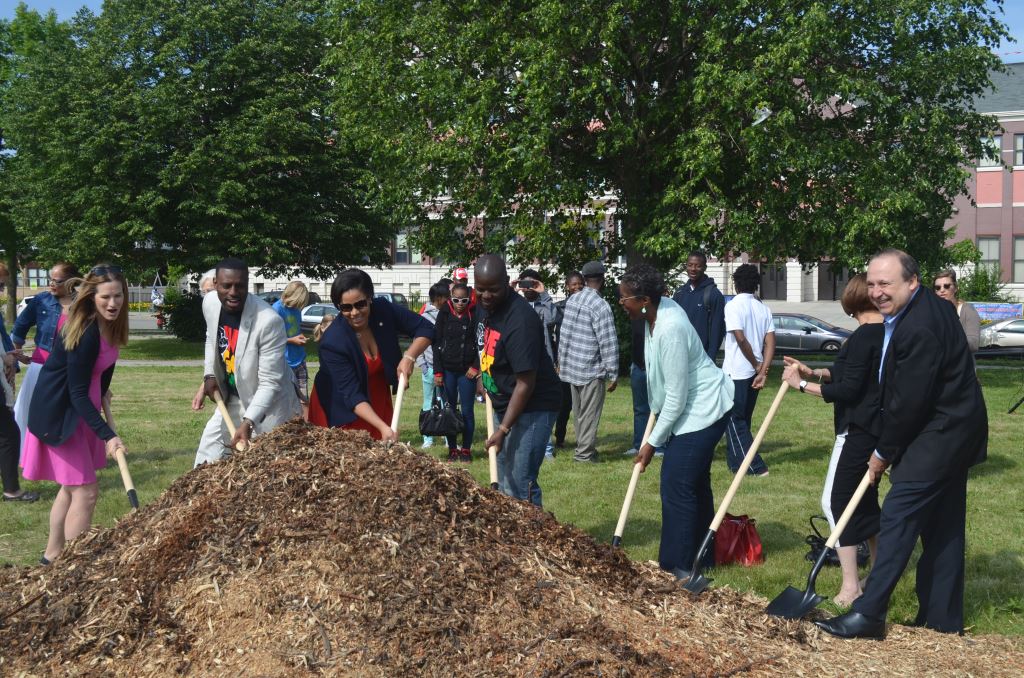

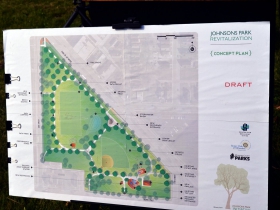
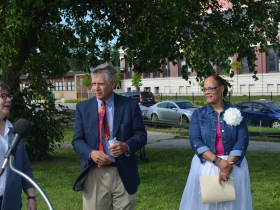
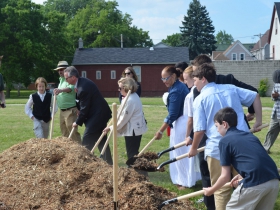
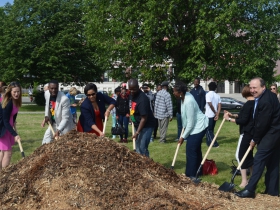
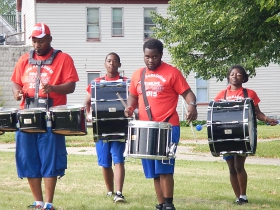
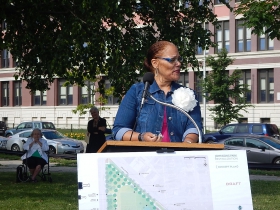
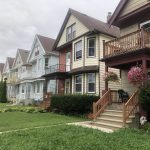






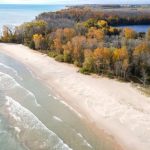


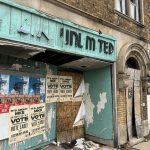



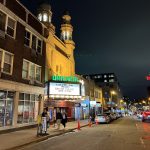





This is a great collaboration among many elements of the community. The project is led by by nonprofit Center for Resilient Cities, has engaged community and grass-roots groups in planning, and has enlisted support from individuals, corporations & foundations, as well city and county government.
I hope this is the shape of things to come. Investing in good multi-purpose public spaces makes good economic sense.